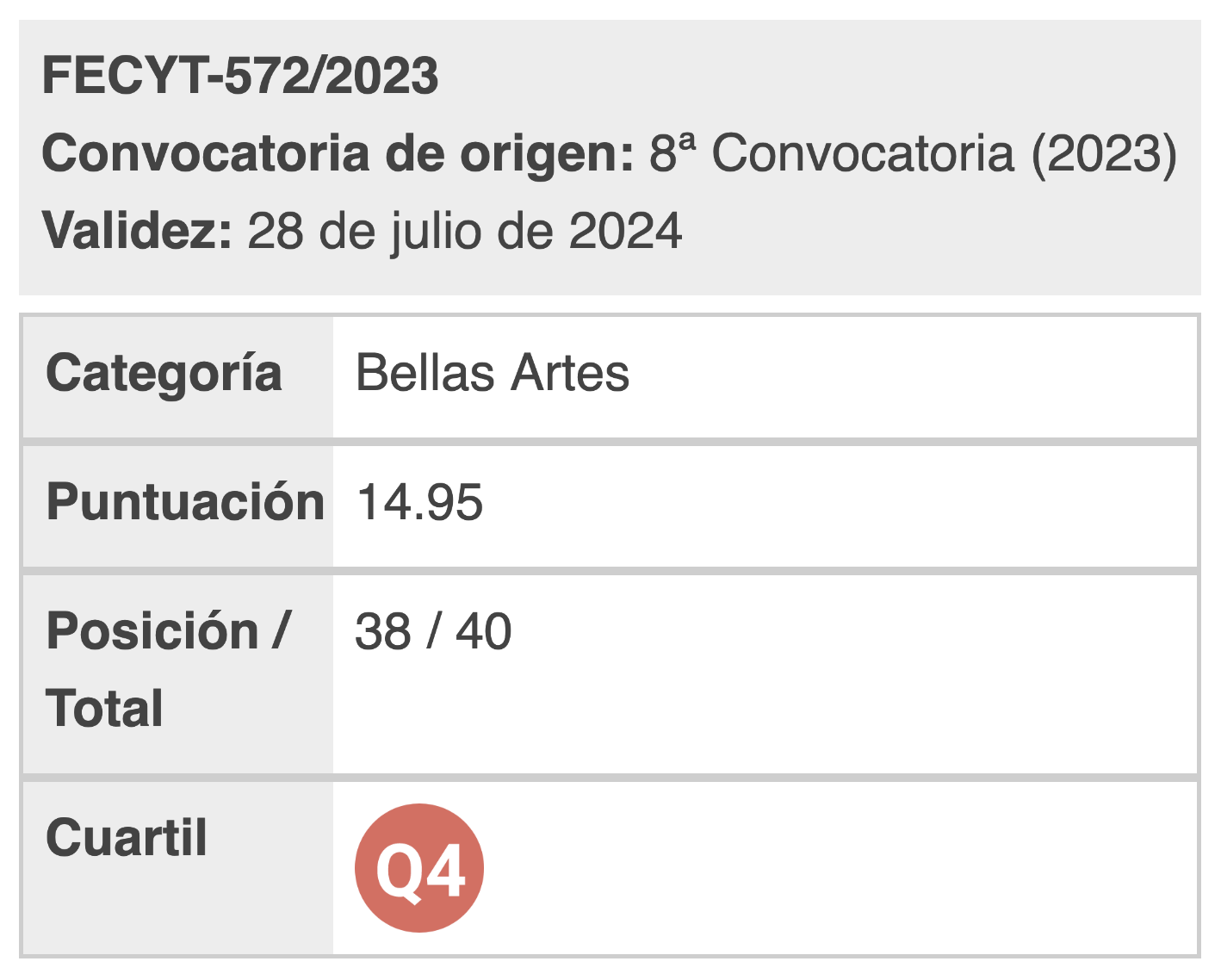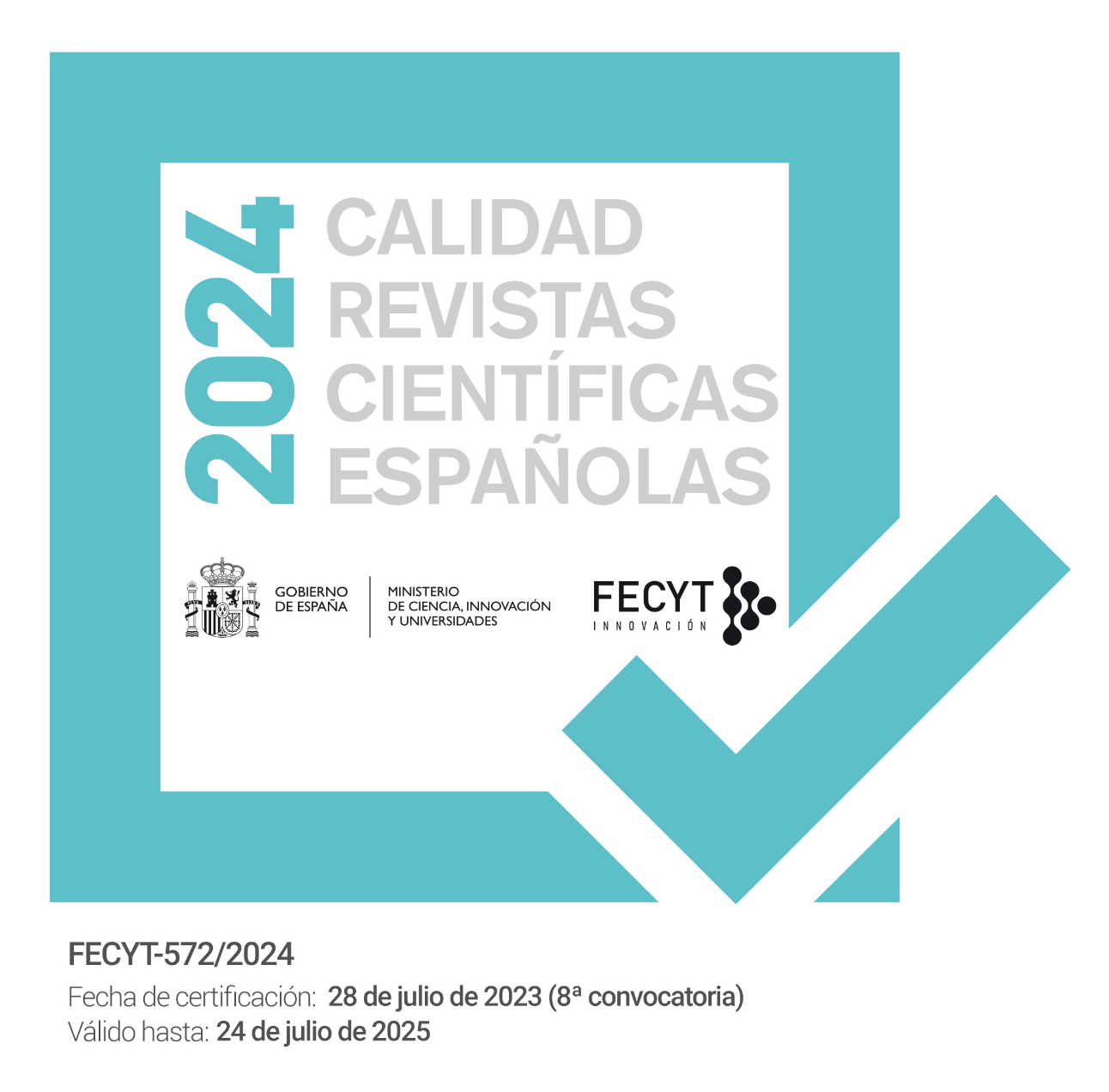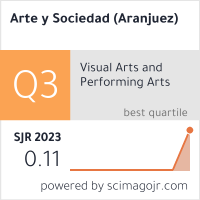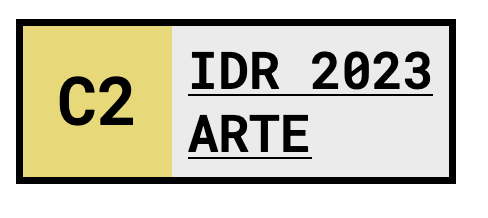ABOUT STRATEGIC DESIGN AND PARADIGM SHIFT
DOI:
https://doi.org/10.5281/zenodo.764167Keywords:
strategoc desig, socioeconomic paradigms, complex thinking, window of viabilityAbstract
This paper tries to help define the scope of action of strategic design. To this end, a review of the existing literature has been carried out, taking as its axis the relationship between design and socioeconomic systems.
Strategic design has been acquiring increasing notoriety and relevance since the beginning of the 21st century as one of the new design specializations. The systemic vision (systems thinking) is a fundamental pillar, facilitating innovation processes by detecting obsolescence and lever points for change.
The concept of "viability window" allows us to visualize the constant fluctuation between order and disorder in every living system. Further rationalization increases efficiency, but also fragility. While greater diversity and interconnectivity improve resilience, but too much risks stagnation. This scheme is also useful to visualize the action of the strategic design: in the vector that leads to resilience the divergent processes are located and the efficiency guideline includes the convergent processes. This coming and going, this “transfer” between convergence and divergence, has its correspondence in the performance of the strategic design and its work methodologies.
References
Bauman, Z. (2000). Liquid modernity. Cambridge: Polity Press.
Bertalanffy, L. V. (1989). Teoría general de los sistemas. fundamentos, desarrollo, aplicaciones (7.a reimpresión.). México: Fondo de Cultura Económica.
Buchanan, R. (1992). Wicked Problems in Design Thinking. Design Issues, 8(2), 5-21. doi:10.2307/1511637
Fiksel, J. (2015). Resilient by Design: Creating Businesses That Adapt and Flourish in a Changing World. Washington D.C.: Island Press.
Harari, Y. N. (2015). Sapiens. De animales a dioses: Breve historia de la humanidad. Barcelona: Editorial Debate.
Helsinki Design Lab. (s. f.). What is strategic design? Recuperado mayo 19, 2020, a partir de http://helsinkidesignlab.org/pages/what-is-strategic-design.html
Kuhn, T. S. (1970). The Structure of Scientific Revolutions (2.a ed.). Chicago: The University of Chicago Press.
Lara Cuenca, M.P. y Cuevas Riaño, M. M. (2021). El diseño estratégico frente a los cambios de paradigmas socioeconómicos en los sistemas de producción, intercambio y distribución de bienes y servicios: posicionamiento profesional (tesis doctoral). Universidad Complutense de Madrid.
Latour, B. (2008). A Cautious Prometheus ? A Few Steps Toward a Philosophy of Design: (With Special Attention to Peter Sloterdijk) (pp. 2-10). Presentado en «Networks of Design», Annual International Conference of the Design History Society, Falmouth: Universal Publishers. Recuperado a partir de https://hal-sciencespo.archives-ouvertes.fr/hal-00972919
Lietaer, B., Ulanowicz, R. E., Goerner, S. J. y McLaren, N. (2010). Is Our Monetary Structure a Systemic Cause for Financial Instability? Evidence and Remedies from Nature. Journal of Futures Studies, 14(3), 89-107. Recuperado a partir de https://jfsdigital.org/wp-content/uploads/2014/01/143-E02.pdf
Manzini, E. (2015). Cuando todos diseñan. Una introducción al diseño para la innovación social. Madrid: Experimenta.
Margolin, V. (2005). Las políticas de lo artificial (1.a ed.). México: Editorial Designio.
Meadows, D. H. (s. f.). Leverage Points: Places to Intervene in a System. The Academy for Systems Change. Recuperado a partir de http://donellameadows.org/archives/leverage-points-places-to-intervene-in-a-system/
Mill, J. S. (1965). Principles of Political Economy. En V. W. Bladen y J. M. Robson (Eds.), Collected Works of John Stuart Mill. Toronto: University of Toronto Press.
Mol, A. (2010). Actor-Network Theory: sensitive terms and enduring tensions. Kölner Zeitschrift für Soziologie und Sozialpsychologie. Sonderheft, 50, 253-269. Recuperado a partir de https://hdl.handle.net/11245/1.330874
Morin, E. (1994). Introducción al pensamiento complejo. Barcelona: Gedisa S.A.
Papanek, V. J. (2014). Diseñar para el mundo real. Ecología humana y cambio social (2.a ed.). Barcelona: Pol·len edicions (El Tinter, SAL).
Pelta, R. (2015). Diseño para el bien social. Perspectivas y enfoques contemporáneos. En 6o encuentro BID centros iberoamericanos de enseñanza de diseño. Comunicaciones y Foro I+D+i+d (pp. 24-29). Madrid: DIMAD / Central de Diseño. Recuperado a partir de http://bid-dimad.org/sextoencuentro/wp-content/uploads/2017/04/Publicacion_6encuentroBID.pdf
Pérez, C. (2017, abril). La Transición al Crecimiento Sostenible Digital: Las Lecciones de la Historia. Recuperado a partir de http://carlotaperez.org/downloads/pubs/Crecimiento%20Digital.pdf
Picazo Casariego, L. y Picazo Casariego, M. (2015). Decrecimiento, del mito de la abundancia a la simplicidad voluntaria [Película]. Documental, GUMROAD. Recuperado a partir de https://documentaldecrecimiento.com/descarga-2/
Senge, P. (2014). Systems Thinking for a Better World [Grabación de vídeo]. Aalto University. Recuperado a partir de https://youtu.be/0QtQqZ6Q5-o
Schumacher, E. F. (1973). Lo pequeño es hermoso. Madrid: Ediciones Akal, S. A.
Simon, H. A. (1996). The Sciences of the Artificial (3.a ed.). Cambridge, Mass.: MIT Pr.
SKOS: Nomenclatura de Ciencia y Tecnología de la UNESCO. (s. f.). Recuperado febrero 28, 2021, a partir de https://skos.um.es/unesco6/
Taibo, C. (2012, noviembre 21). sobre la propuesta del decrecimiento. nuevo DESorden - web de CARLOS TAIBO. Recuperado febrero 14, 2021, a partir de https://www.carlostaibo.com/articulos/texto/?id=452

Published
How to Cite
Issue
Section
License

This work is licensed under a Creative Commons Attribution 4.0 International License.
You are free to:
Share — copy and redistribute the material in any medium or format.
Adapt — remix, transform, and build on the material for any purpose, including commercial.
Attribution — You must properly acknowledge the authorship, provide a link to the license, and indicate if any changes have been made.
You may do so in any reasonable manner, but not in any way that suggests that you endorse or receive any endorsement by the licensor for your use.
No additional restrictions — You may not apply legal terms or technological measures that legally restrict you from doing what the license allows.



























